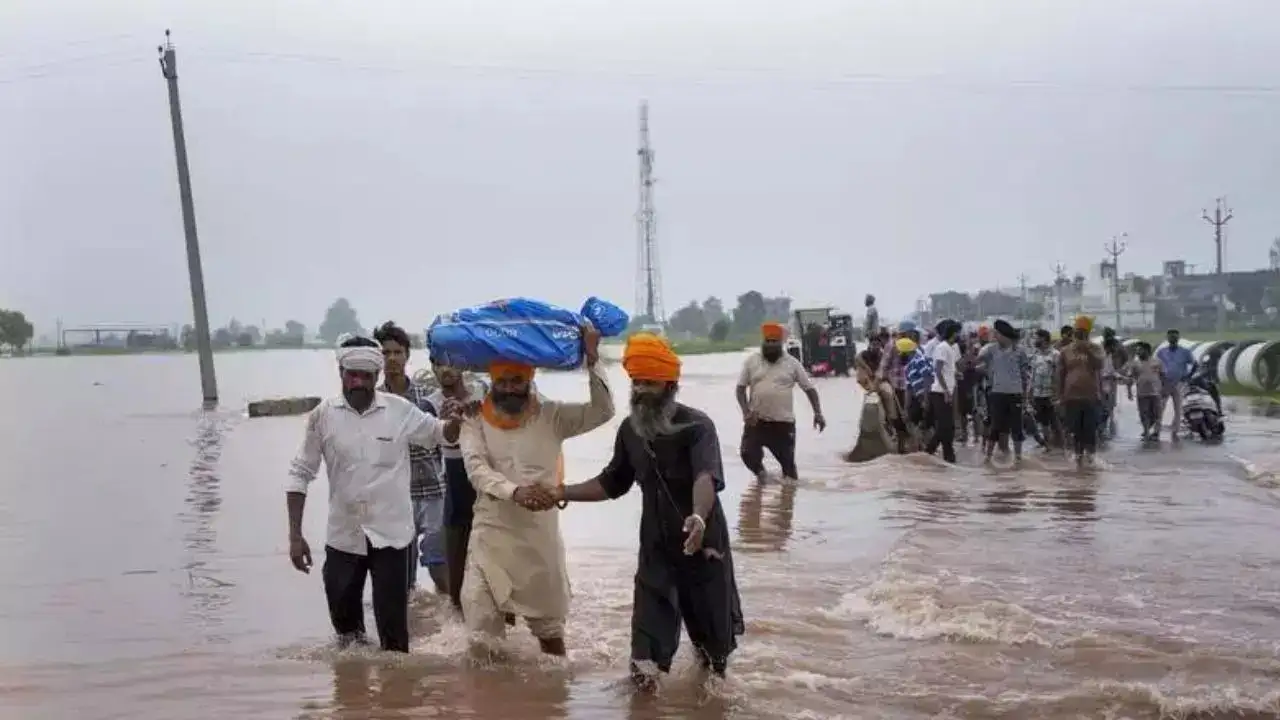Now Reading: Landslide at Vaishno Devi Shrine Disrupts Pilgrimage, Route Blocked by Debris
-
01
Landslide at Vaishno Devi Shrine Disrupts Pilgrimage, Route Blocked by Debris
Landslide at Vaishno Devi Shrine Disrupts Pilgrimage, Route Blocked by Debris

A fresh landslide has struck near the Mata Vaishno Devi shrine in Jammu and Kashmir, blocking the main pilgrimage route and raising concerns over safety. The incident occurred following continuous rainfall in the region, leaving thousands of devotees stranded. While no casualties have been reported so far, the disruption has once again highlighted the risks that natural calamities pose to one of India’s most visited religious sites.
Authorities quickly deployed rescue teams to clear the debris and restore movement along the path. However, officials have advised pilgrims to remain cautious as the area remains vulnerable to further landslides due to unstable soil and ongoing rain. For now, sections of the yatra have been temporarily halted, with security and local administration working to ensure devotees’ safety.
The incident has directly impacted pilgrims arriving from across India, including Tier-2 cities where families often plan such trips months in advance. Many visitors, particularly the elderly and children, have been left waiting in nearby shelters until the route reopens. Hoteliers and small businesses around Katra, which heavily depend on religious tourism, also face losses during such disruptions.
Experts believe the frequent landslides in the region call for better infrastructure planning. Stronger slope protection, early warning systems, and controlled movement during heavy rainfall are seen as key measures to reduce risks in the future. Environmentalists also point to the pressure of heavy footfall and unplanned construction in ecologically fragile zones.
The Mata Vaishno Devi yatra is not just a spiritual journey but also an economic lifeline for local communities. Each disruption reminds both authorities and devotees of the delicate balance between faith, nature, and safety. While the immediate focus is on restoring normalcy, the larger challenge lies in ensuring the pilgrimage route remains safe and sustainable for years to come.

























